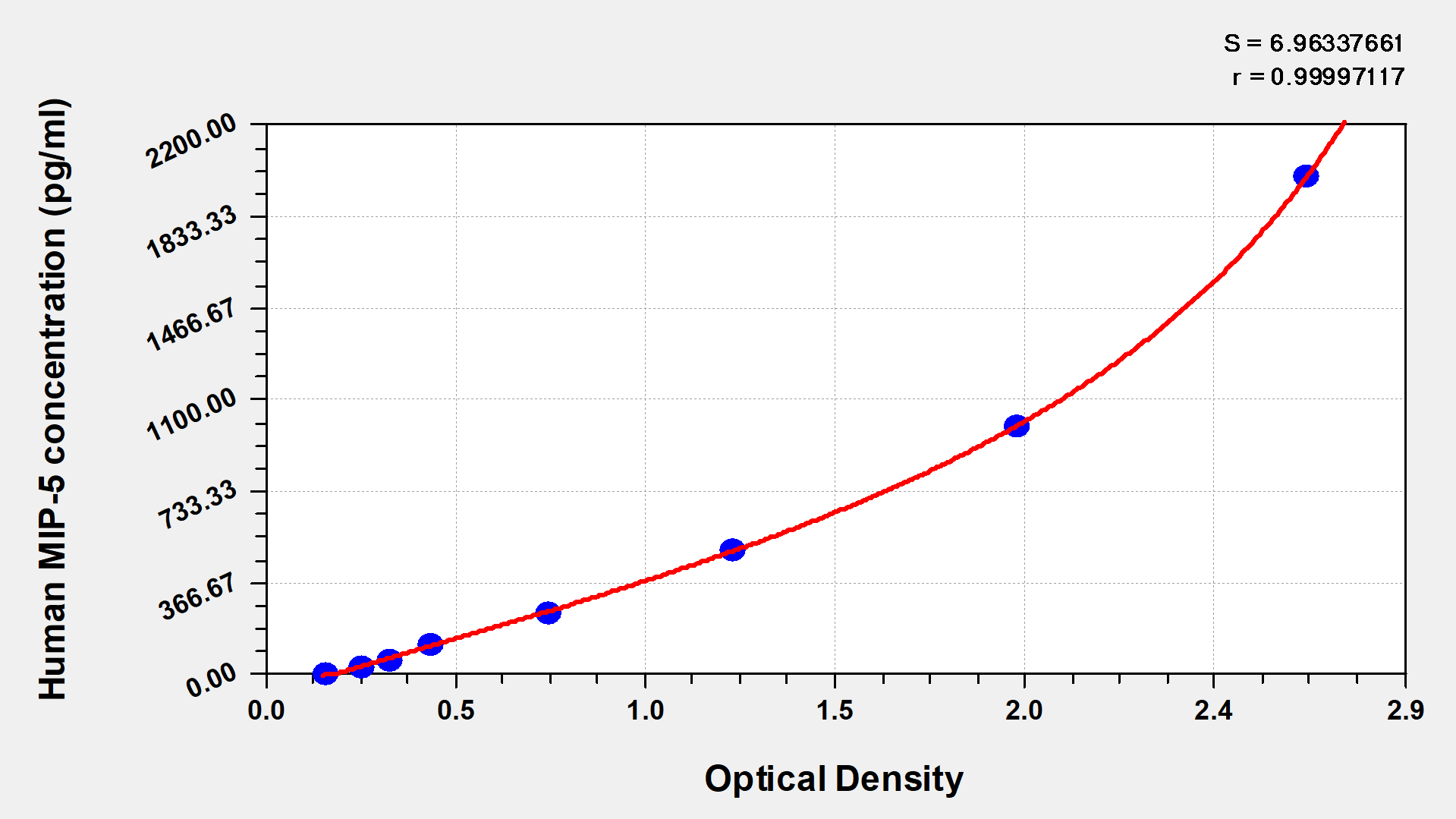This human CCL15 ELISA kit employs the quantitative sandwich enzyme immunoassay technique to measure the levels of human CCL15 in multiple samples, including serum, plasma, or tissue homogenates. It also uses the enzyme-substrate chromogenic reaction to visualize and analyze the analyte levels through the color intensity. The intensity of the colored product is in direct proportion to the CCL15 levels in the sample and is measured at 450 nm through a microplate reader.
CCL15 is a potent chemoattractant for leukocytes and endothelial cells (ECs). CCL15 exerts its role through binding to CCR1 and CCR3. It induces chemotactic migration of monocytes, dendritic cells, T lymphocytes, and eosinophils and is primarily expressed in the colon and liver. CCL15 also induces the expression of proinflammatory cytokines and tissue factors in activated monocytes. A study has demonstrated that CCL15 induces expression of ICAM-1 via activation of the JAK2/STAT3 signal pathway. CCL15 plays a role in the pathogenesis of cancer and other diseases, such as colorectal cancer, hepatocellular carcinoma, atherosclerosis, asthma, and rheumatoid arthritis.




